Google Pixel 3a review: A budget-friendly behemoth
This mid-range dazzler is even better than the original Pixel 3
The Pixel 3a is an absolutely phenomenal device, not only surpassing Google's previous efforts, but also giving the likes of the Samsung Galaxy S10 a run for their money. If you’re looking for an outstanding phone that isn't going to blow a hole in your budget, this is what you’ve been waiting for.
-
+
Intelligence in every corner
-
+
Colour accurate display
-
+
Impressive and unchanged camera
-
-
Night Sight is somewhat unreliable

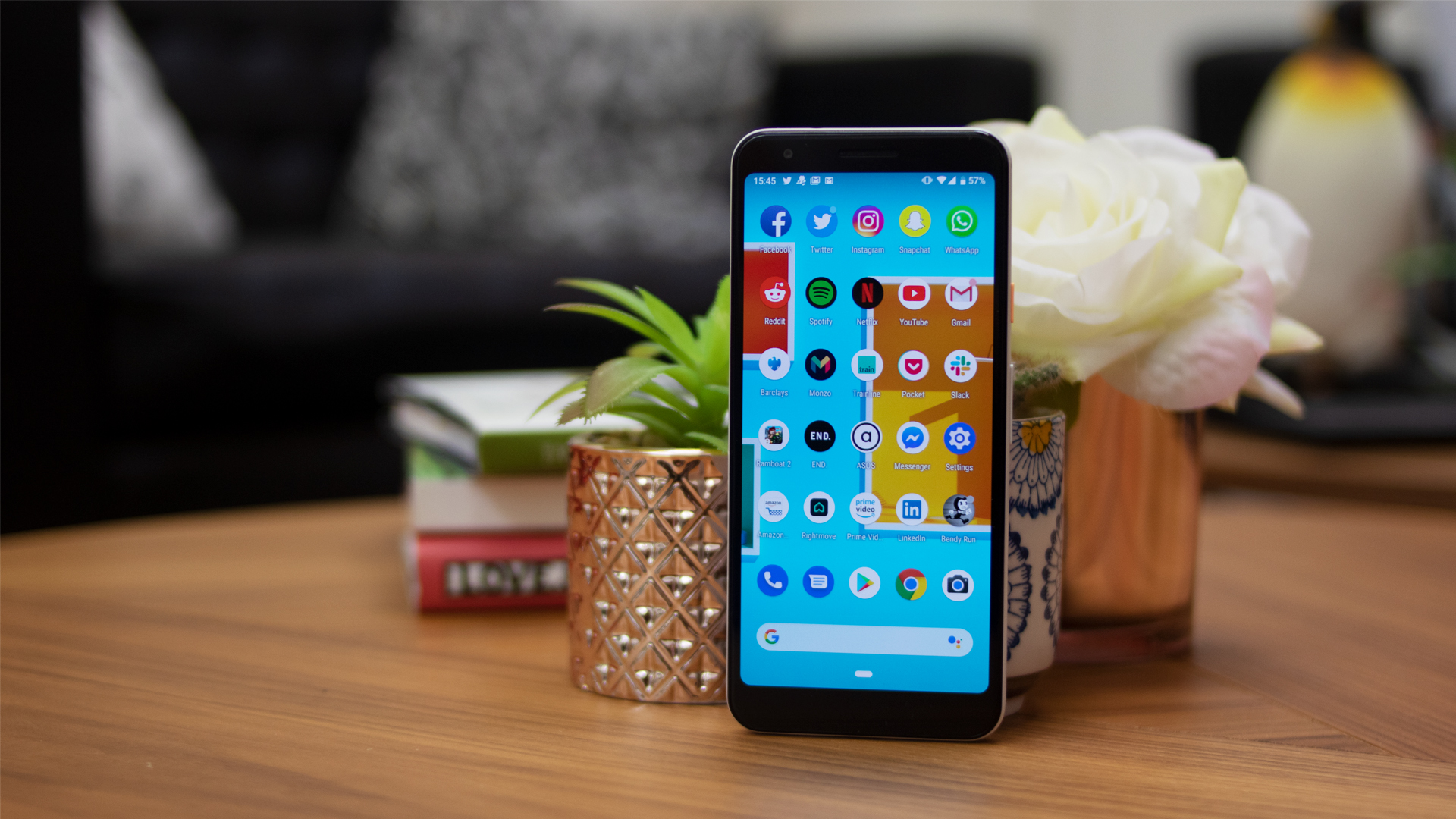
Google Pixel 3a
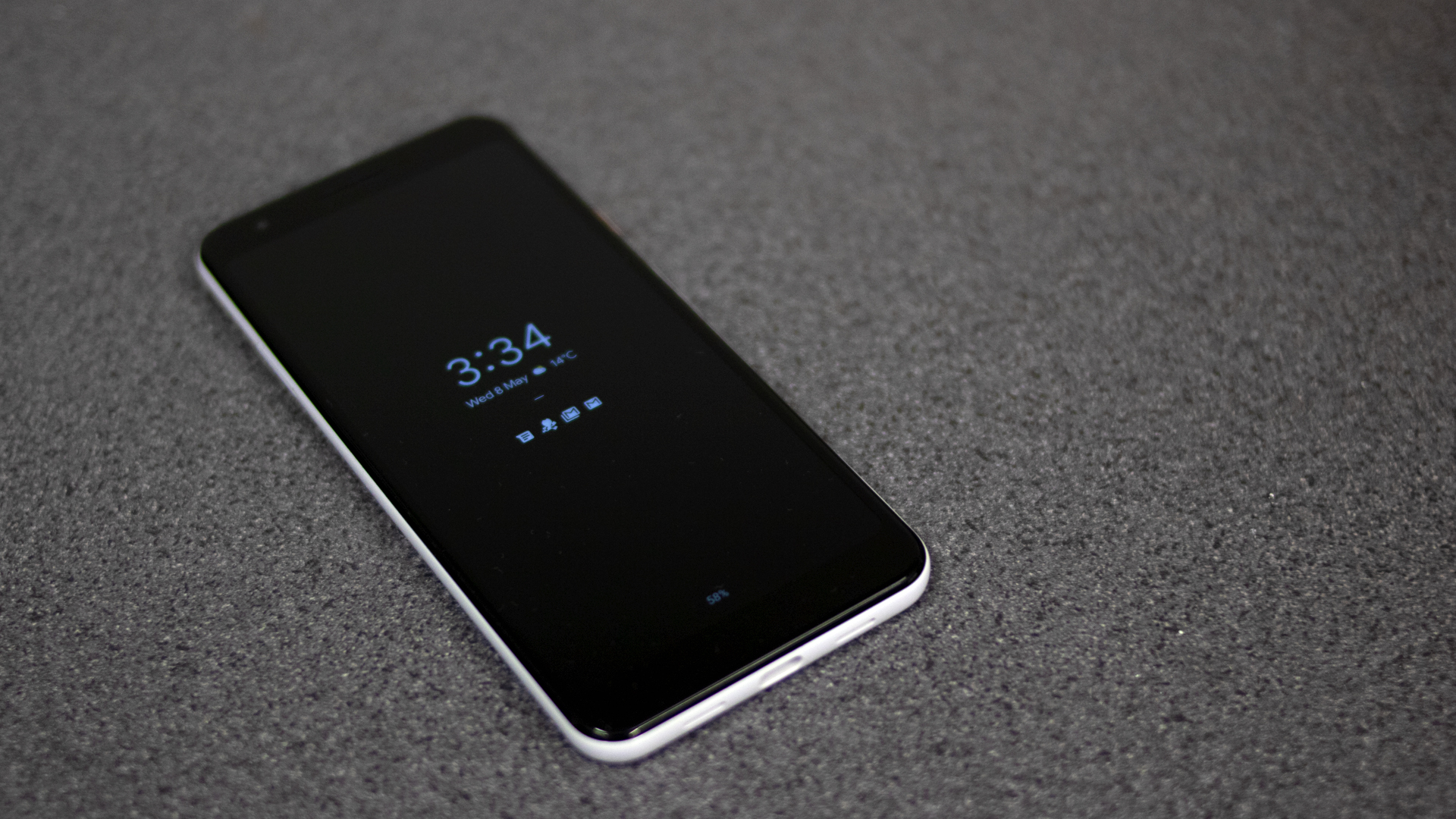
Google Pixel 3a always on screen
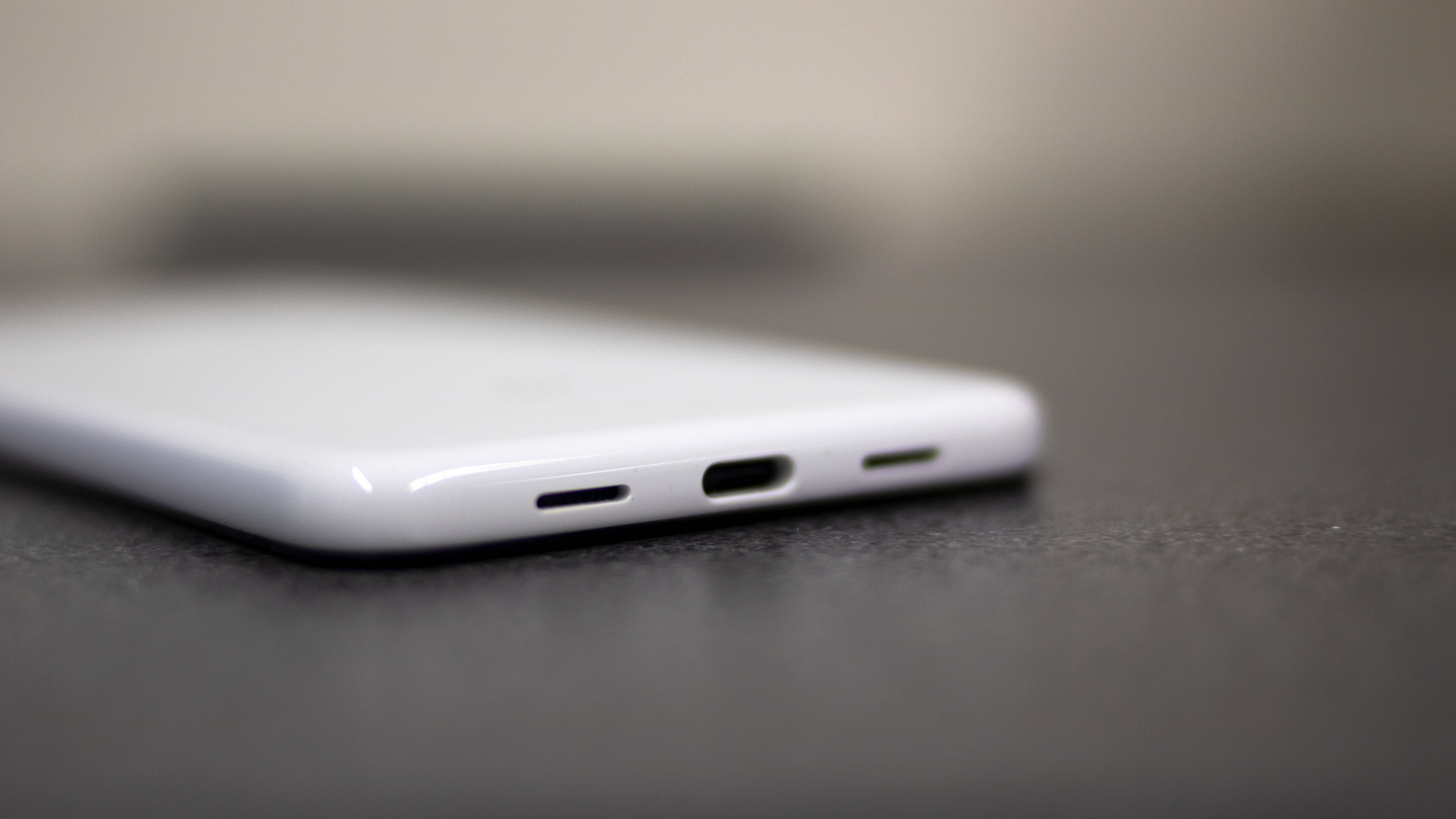
Google Pixel 3a charging port
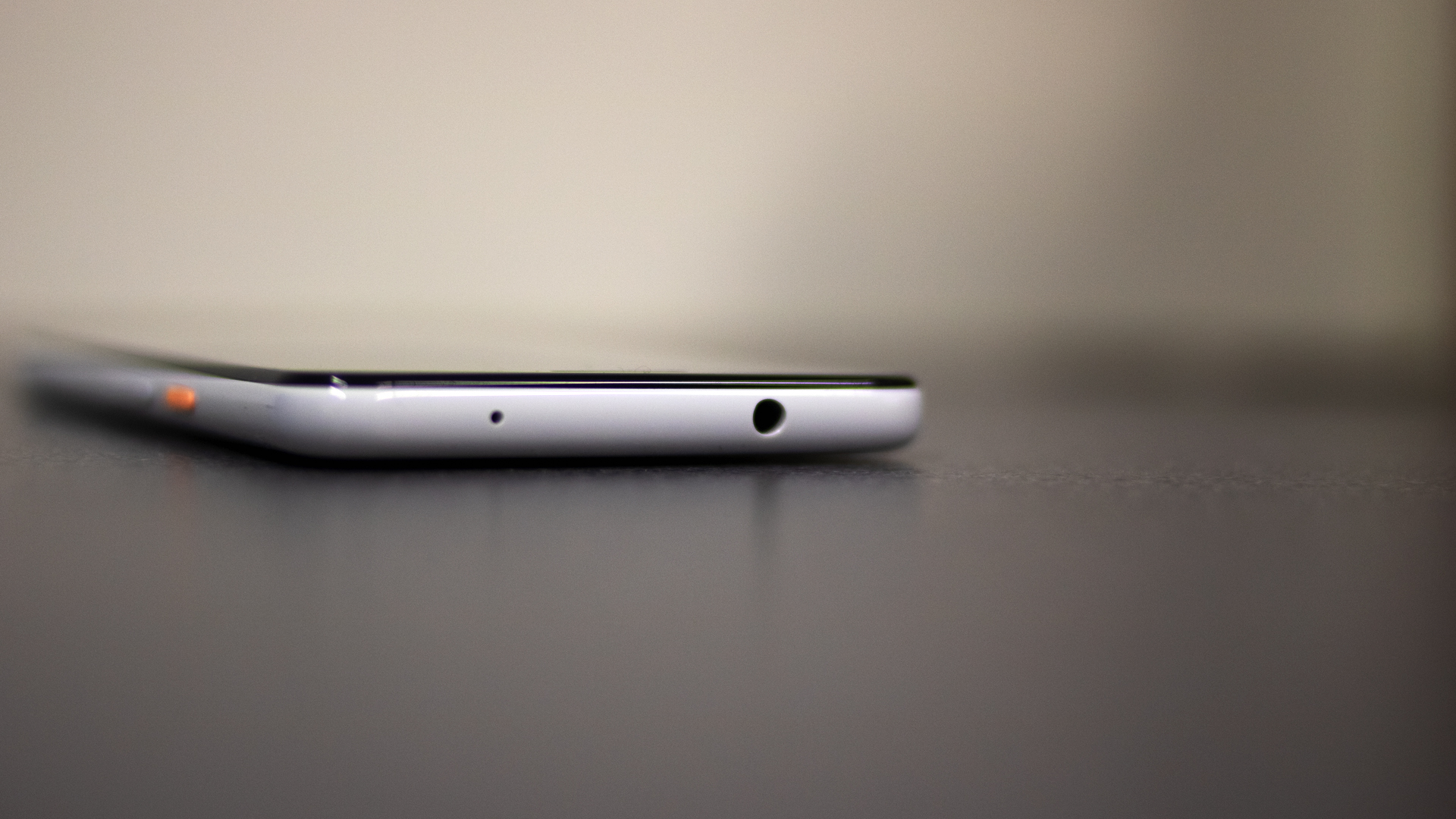
Google Pixel 3a headphone jack
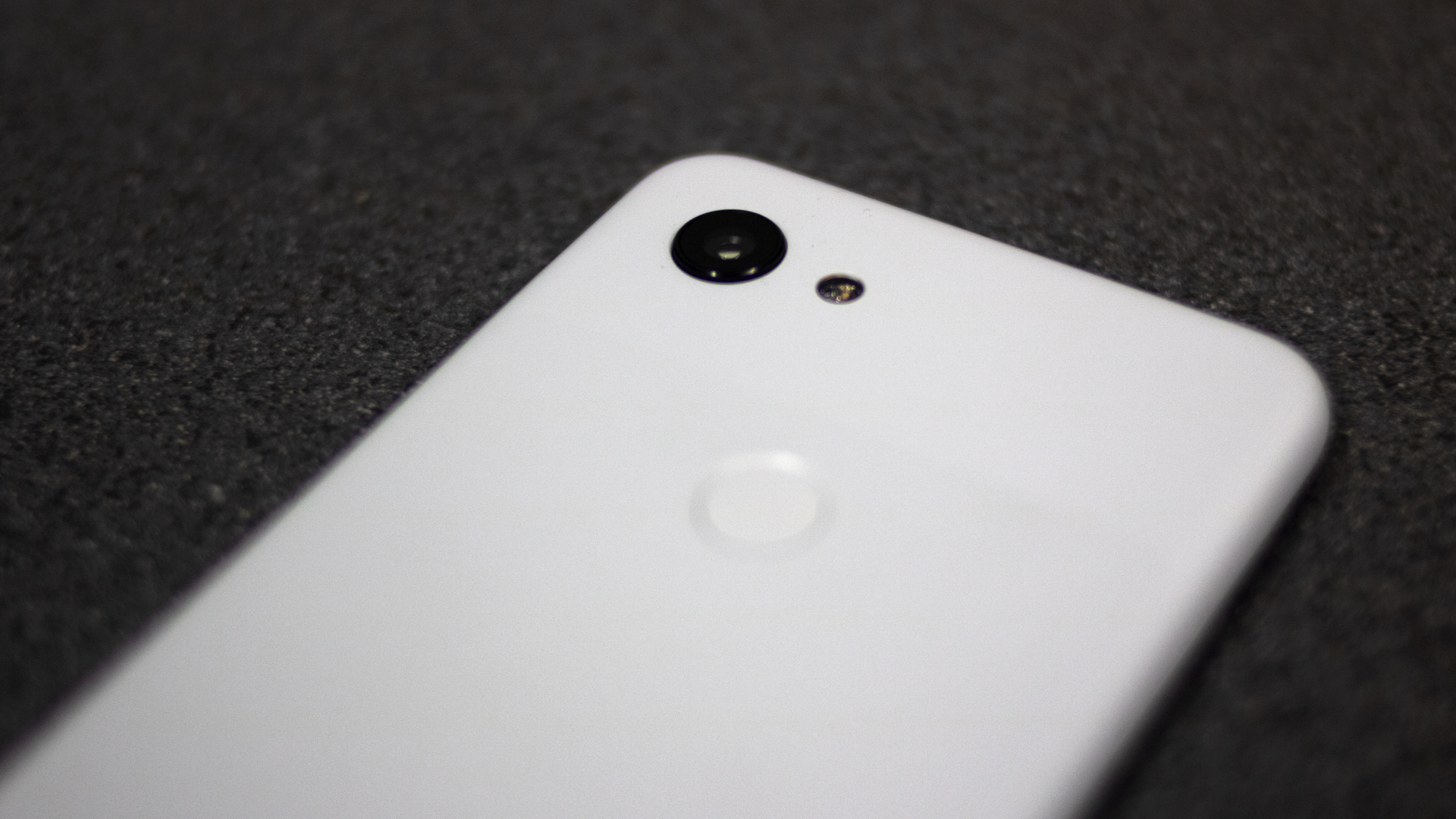
Google Pixel 3a camera
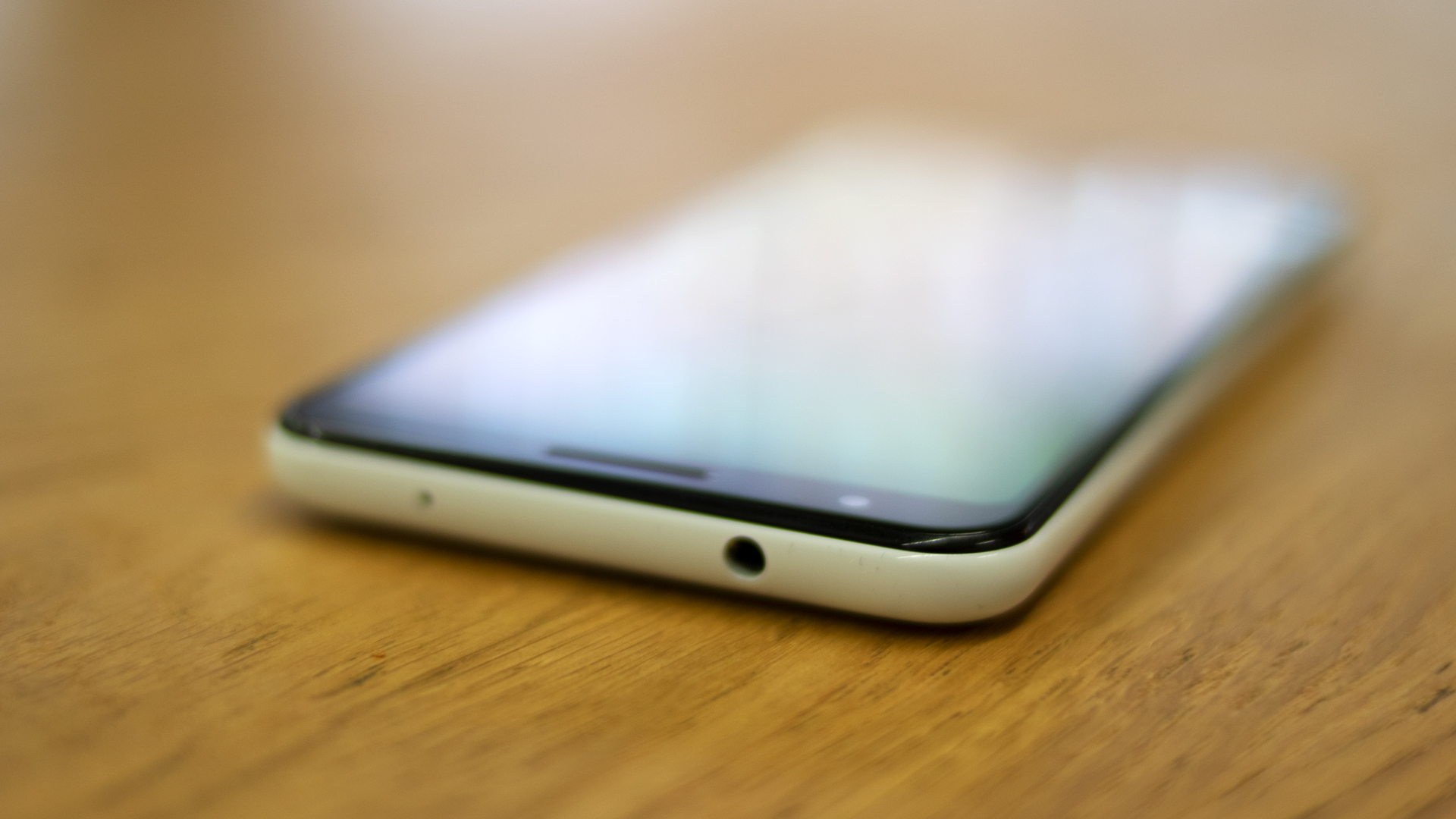
Google Pixel 3a headphone jack 2
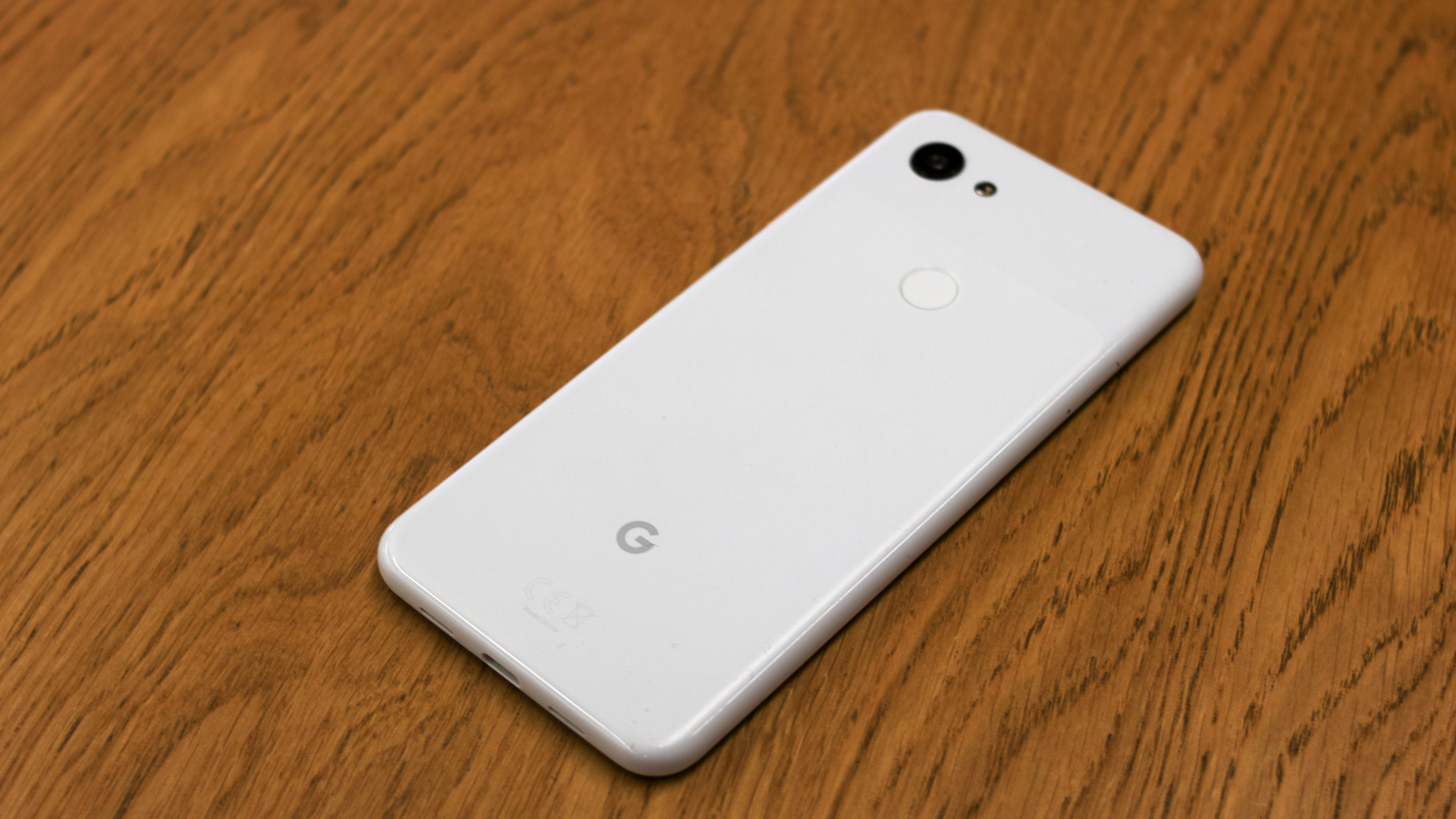
Google Pixel 3a do not disturb
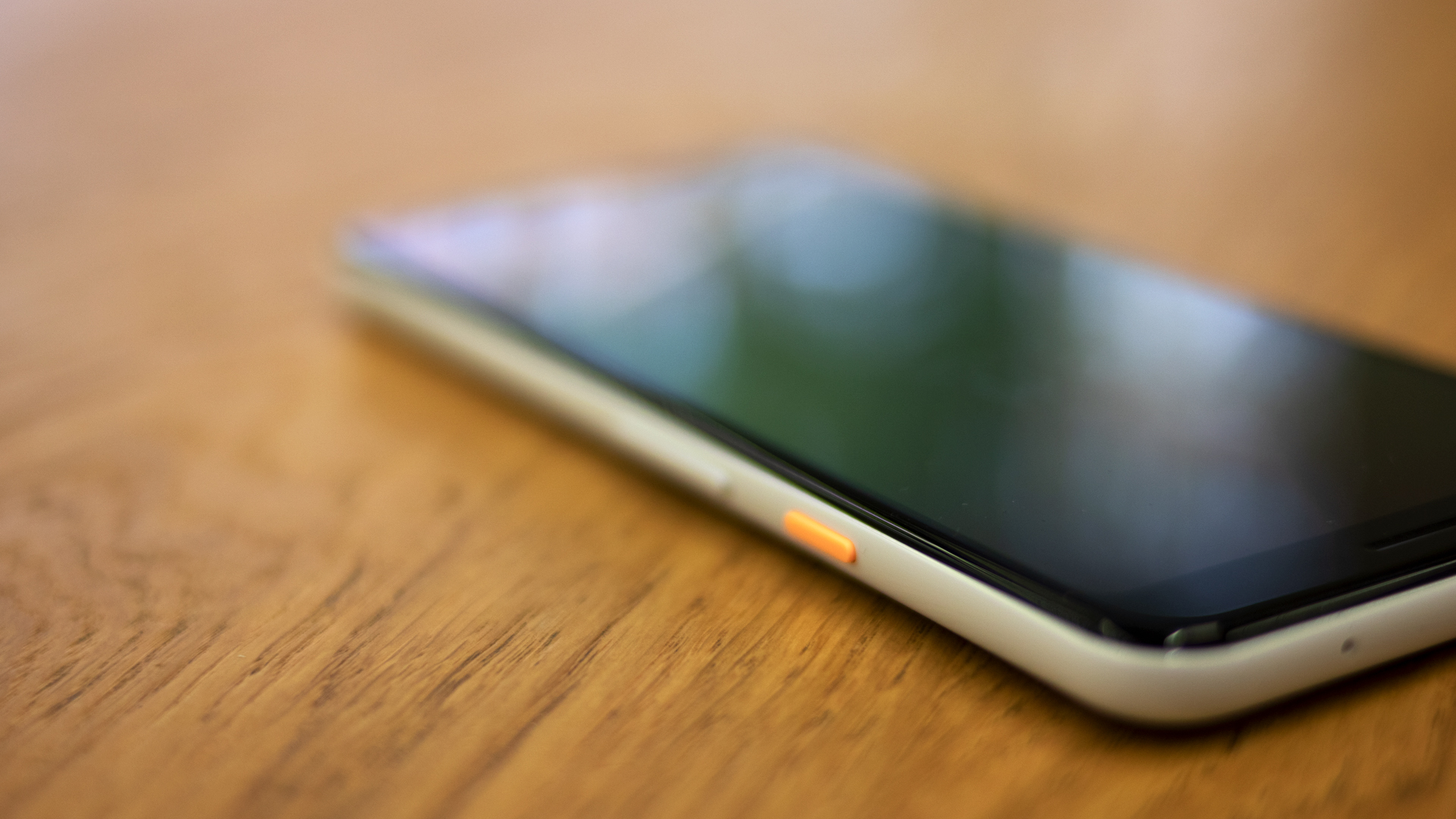
Google Pixel 3a lock button
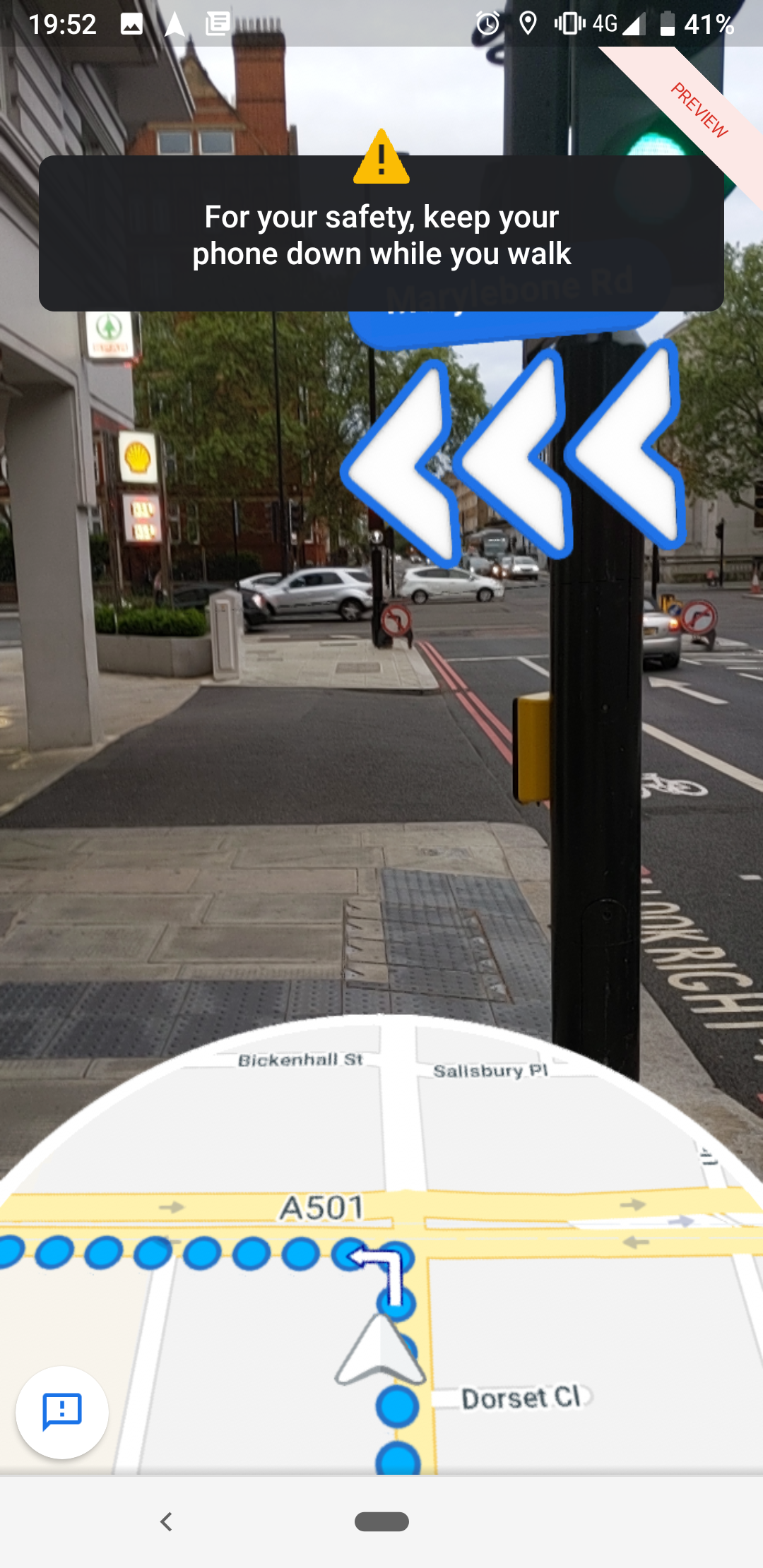
Google Pixel 3a ar maps
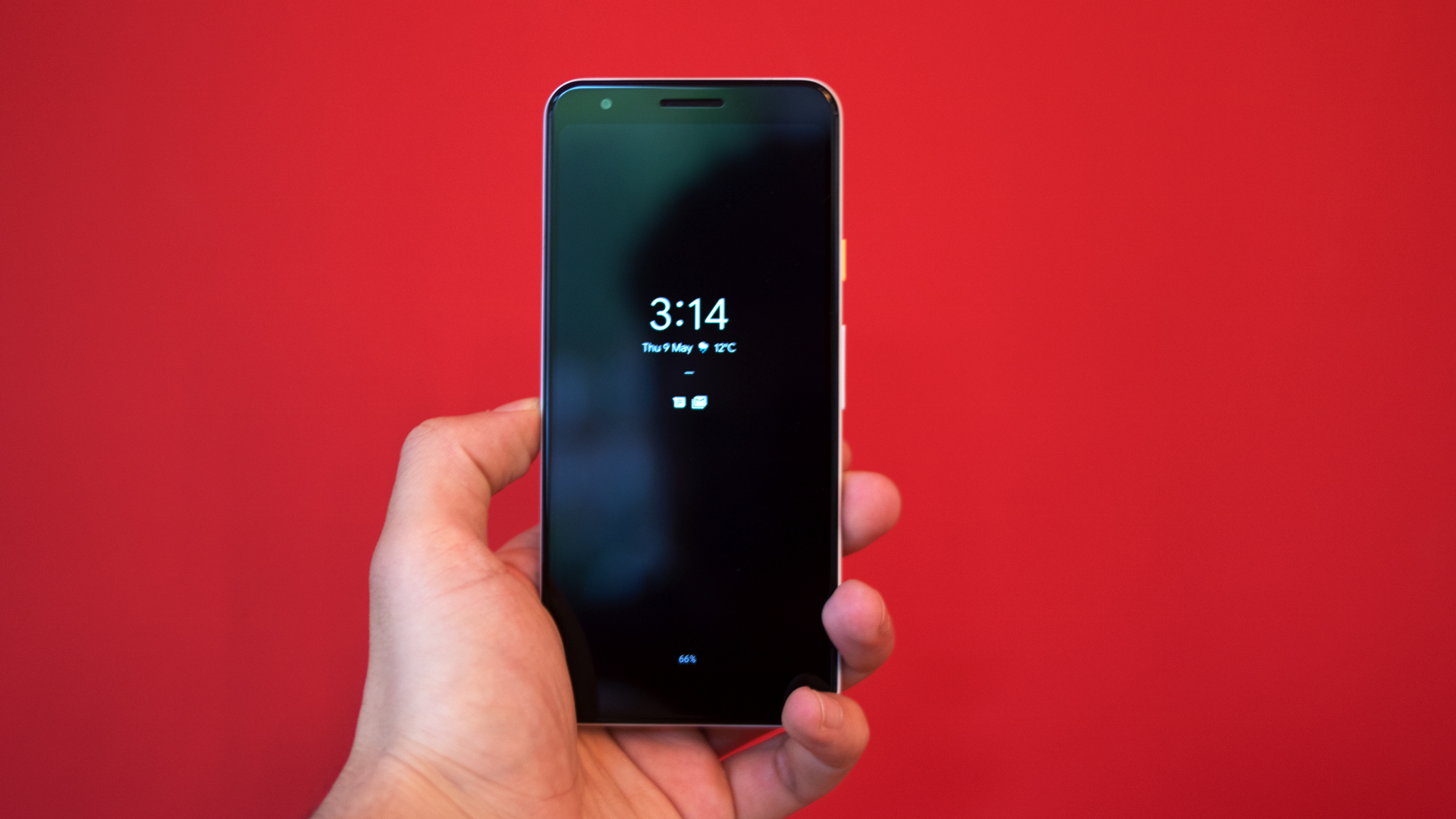
Google Pixel 3a on red backdrop
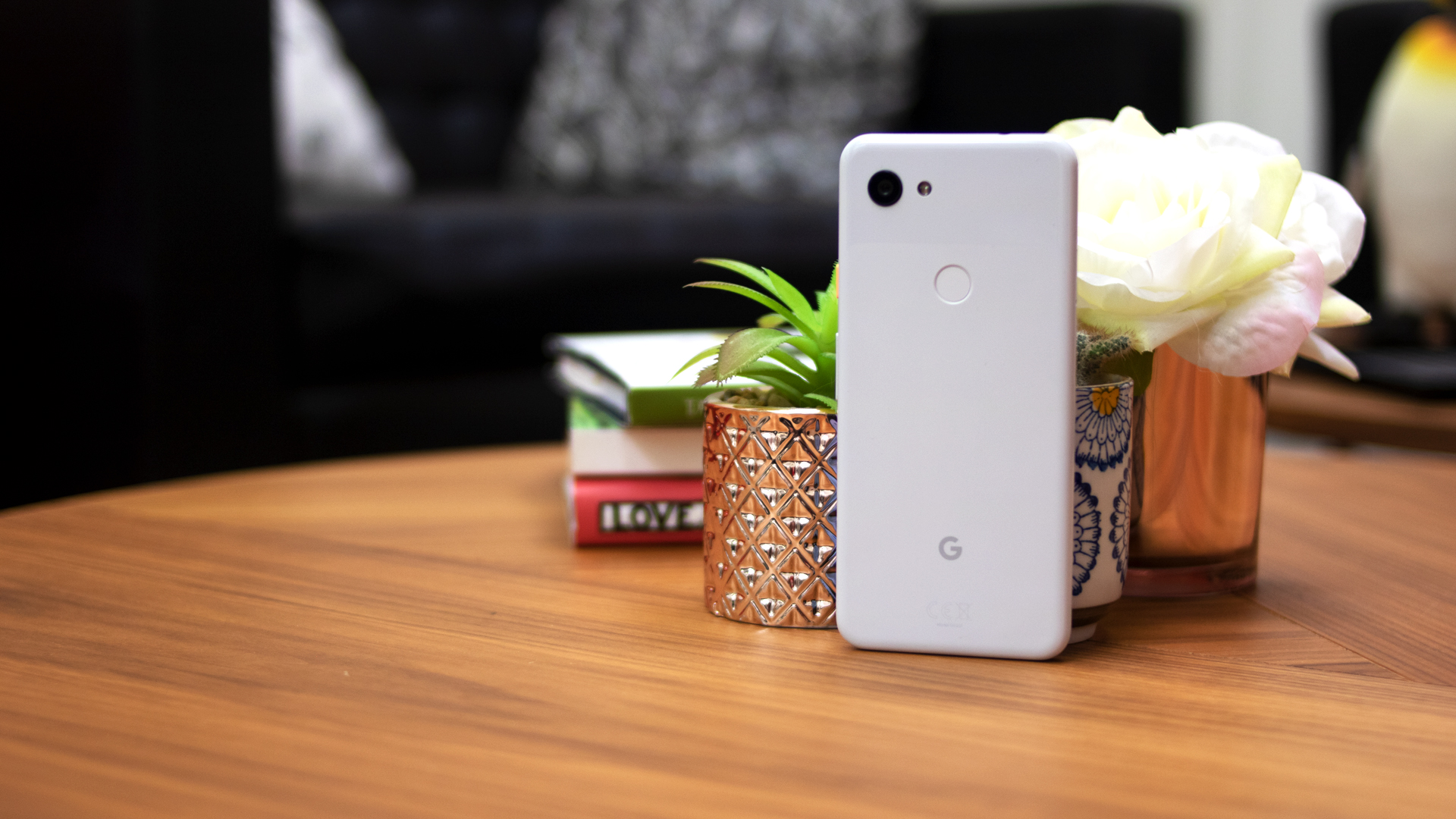
Google Pixel 3a on table
Google has moved into the mid-range smartphone market - a decision which could prove almost as intelligent as the AI technology inside its new devices. The initial Pixel 3 and Pixel 3 XL devices impressed us with the intelligent, software-enhanced hardware they featured, but they're now joined by new versions at an even cheaper price point.
The Pixel 3a is Google's new flagship mid-range phone and is the smaller cousin of the Pixel 3a XL. Both of the new devices come with mid-tier components but retain Google's intelligent software enhancements to give its new rivals in this market a real run for their money.
Google Pixel 3a review: Design
Google has made many changes under the hood of these new devices but one thing that persists is the design. Google has made a point of keeping the appearance of the Pixel 3a the same as the Pixel 3. The two-tone design returns, the circular fingerprint sensor is in the same position and you still see a splash of colour on the lock button with all colourways other than Just Black.
Perhaps to be expected with a scaled-back version of an existing phone, but the screen also hasn't changed. Fans of current smartphones such as the iPhone Xs, Samsung Galaxy S10 and Huawei P30 will note that there's no notch, but this means it has thick black bars that top and tail the screen, which date the device and give the impression of a device born years previously.
One significant difference that will be welcomed by many is the addition of a 3.5mm headphone jack at the top of the phone so now users will be able to charge their phones and listen to music or podcasts at the same time, going against the unpopular standard set by Apple with the iPhone 7.

The Pixel 3a comes in three colourways: Just Black, Clearly White and a brand new one exclusively for the Pixel 3a line called Purple-ish. The latter is a light pastel shade of purple with a noticeable and pleasing pop of green on the lock button to create a refreshing colour combination that gets our seal of approval.
Google Pixel 3a review: Display
The Pixel 3a's 2,220 x 1,080 OLED screen is simply stunning, especially for its price. Measuring 0.1in bigger than its pricier predecessor, the 5.6in screen offers decent image quality that can beat others in its class and the pixel density of 441ppi narrowly beats that of the Pixel 3a XL too.
Google warned us at a preview event that the hardware is definitely not top-spec and that's because it's not designed to be a top-spec phone. You wouldn't know it from the display's performance on-test, though. The screen performed exceptionally well in terms of colour accuracy, covering 95.6% of the sRGB colour gamut on the phone's 'natural' colour setting, the most colour-accurate of the three available.
The panel scored well in the brightness and contrast department too. We measured an admirable peak brightness of 416cd/m2 and the infinity:1 contrast ratio helped to accentuate those inky blacks. Displays on the newest phones will be slightly better and if displays really matter to you when choosing your smartphone, then you might feel a little short-changed with the Pixel 3a's. Just know that you'll pay a premium for the dazzling displays of the Galaxy S10 or Huawei P30.
Google Pixel 3a review: Specs and performance
Powering the Pixel 3a is the Qualcomm Snapdragon 670, backed up with 4GB of RAM. This is a step down from the 845 used in the pricier models but in terms of the overall perception of the device's performance, there were no noticeable performance drops during normal daily activity. Apps loaded and switched without any perceived lag and it was overall a smooth and enjoyable experience. By definition, the Pixel 3a will be less powerful than the Pixel 3 and its rivals, but honestly we'd be surprised if you noticed much of a difference in day-to-day use.

There's only one option in terms of storage and that's 64GB - no ifs, no buts. Perhaps in a bid to expand users of Google Drive, the Pixel 3a doesn't benefit from the 128GB option of the pricier version and there's no SD card slot for optional storage expansion either.
The poor battery life was one of our biggest complaints about the Pixel 3, but happily this has been fixed here. The 3,000mAh battery, combined with a less-demanding processor, managed to last 15hrs 7mins in our tests, beating the full-fat Pixel 3 by around two and a half hours. It comfortably lasted us throughout the day, and it should do the same with you.
In terms of charging, sadly the Pixel 3a lost the wireless charging feature boasted by its more expensive siblings, but the USB-C charger will fully charge the phone in about an hour and Google claims that just 15 minutes plugged-in will give you 7 hours of usage.
If you like a good comparison, there's no doubt that you'll be wondering how it fares against other phones in its class and the Pixel 3 before it. We've already said that the Pixel 3a has weaker components compared to the Pixel 3 and while the naked eye won't really notice much of a difference, the gulf in class was evident in our benchmark tests.
Using the cross-platform processor Geekbench, we tested the phones in single-core and multi-core parameters. The Pixel 3a scored 1619 and 5146 respectively whereas the Pixel 3 scored 2430 and 8007 - the higher the score represents better performance, in this case.
In terms of how it stacks up against its rivals, we selected the Galaxy S7 Edge and the Honor 20 Lite as two worth adversaries in terms of price-performance. When compared to these two, the Pixel 3a scored marginally better than the Honor 20 Lite and slightly worse than the S7 Edge - the differences were negligible. While the Pixel 3a might be pricier, it certainly comes in a prettier package, and boasts Google's AI features to boot.
Google Pixel 3a review: Features
One of the standout new features comes in the form of AR implementation with Google Maps. The feature aims to combat the common issue of your cellular network being unable to accurately determine the direction you're facing when starting a navigated route. Google's AR feature interoperates with Street View and allows you to use the Pixel 3a's camera to scan nearby landmarks, such as Nelson's Column in London and use that as a reference point to accurately start a route. Within Maps, superimposed direction signs will appear to clearly navigate your route too.
The feature works very well but is only limited to major towns and cities as of now. For example, you'll be able to enjoy the feature in London but not in Shrewsbury - you'll know if your area is supported as the feature automatically appears when in compatible regions.
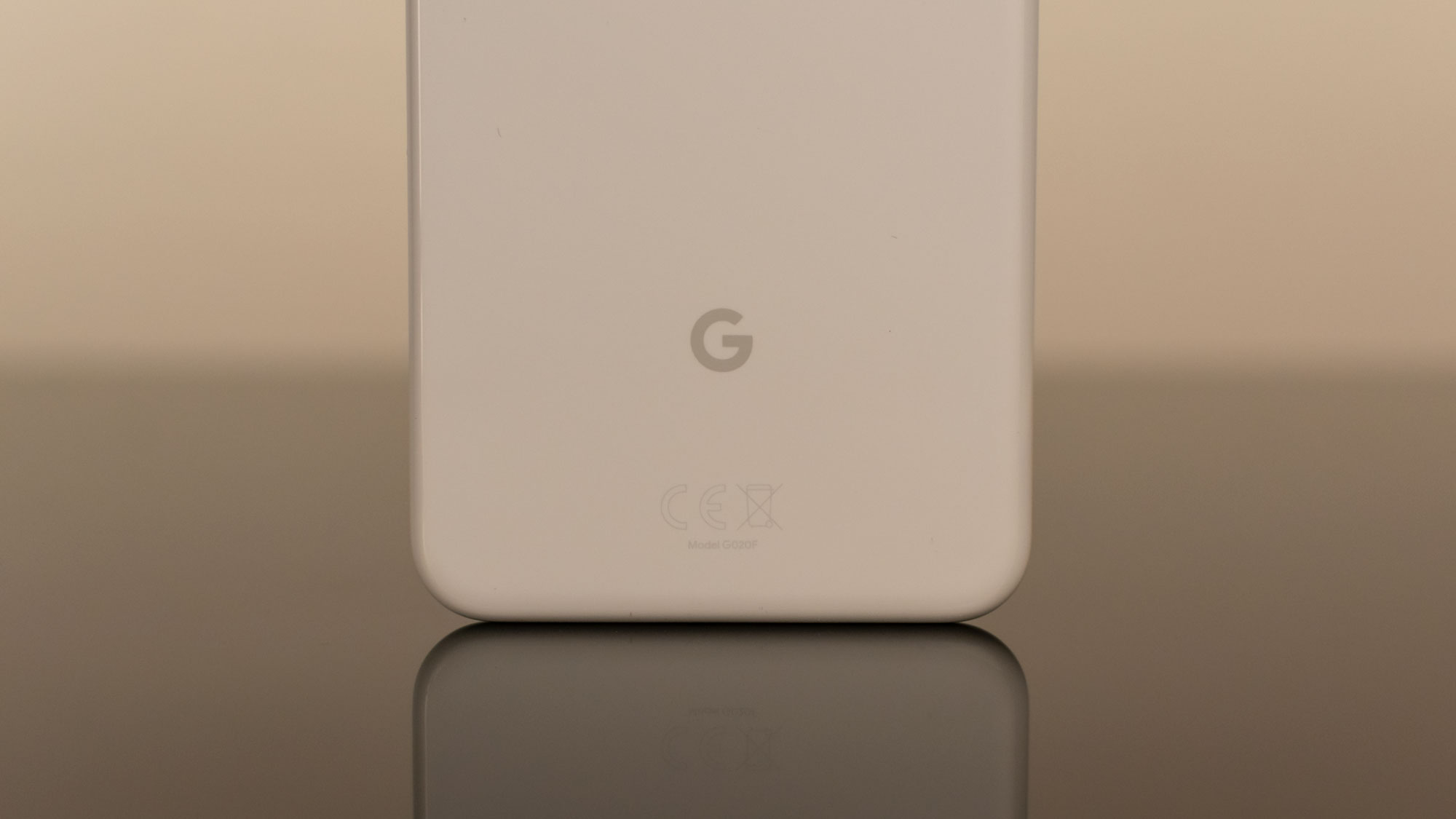
If security is a priority for you then you'll be pleased to know that the Pixel 3a comes with the Titan M chip embedded within the phone, Google's most secure form of multi-factor authentication to date. Your phone will act as a physical security key rather than a 2FA text - part of an initiative first announced at Google Cloud Next 2019 - which aims to reduce the risk of phishing, a method of attack which has vastly increased in prevalence and sophistication in recent years.
Most phone manufacturers have now realised the importance of limiting screen time in a time where everyone is glued to one screen or another. A returning feature from the Pixel 3, Google's Digital Wellbeing dashboard allows you to limit time spent on certain apps, monitor general screen time and pause notifications in given situations such as when your phone screen is positioned downwards.
Google Pixel 3a review: Camera
It would have been a shame to see the Pixel 3's incredible camera reigned in for the cheaper model, but fortunately, that's not the case. The Pixel's camera technology has become even more intelligent in the latest device. The hardware inside is nothing particularly special, but the AI-driven software that powers the camera and all its bundled modes and features is something to behold.
There aren't a lot of things different with the camera when compared to the Pixel 3, and that's a good thing. The rear still sports a 12.2MP (with an 8MP lens at the front for selfies) which shoots the most beautiful photos you'll see on a smartphone at this price.
The portrait mode was the standout feature for us. Seen on every previous generation of Pixel phones - as well as devices from other manufacturers - it uses AI to detect the subject of the shot so the background can be blurred for an impressive depth of field effect. The mode also shoots two pictures, one with and one without the depth of field effect so you can decide which you like best.

Another returning feature from the Pixel 3 is Night Sight, another AI-driven capability which claims to capture images in rich detail and colour even in the dark, all without a flash. We found the feature to be quite hit-and-miss, though. On the occasions it did work, it worked well and the subject of the shot was indeed richly detailed and coloured but in some instances it had next to no appreciable effect.
Elsewhere, the rear camera has multiple modes of shooting video, everything from 720p at 240fps to 4K at 30fps. It has a field of view of 76 degrees and an f/1.8 aperture while the front camera has a bigger field of view of 84 degrees and an f/2.0 aperture which can record 1080p video up to 30fps.
Adding to the enviable list of brainy features in the camera is the Super Res Zoom, which can decipher details such as words reasonably clearly from a modest distance. It's by no means on the level that the Huawei P30 Pro's camera is on with its unbelievably clear 50X zoom, but it's still nice for under 400.
Google Lens makes a return too. The feature, first introduced in preview to Pixel customers last year, lets you point your phone at an object and use Google Search to recognise and show you search results for it. It works in real-time and is pretty accurate. It can identify the brand and line of trainers and works pretty well with consumer electronics. The object that you wish to scan should have a contrasting background, as having a similar one will decrease the accuracy of detection.
Google Pixel 3a review: Verdict
The Pixel 3a is an unbelievably impressive phone, considering the price. Google has managed to retain all the things that made the original Pixel 3 great. The trademark Pixel camera remains which will please the brand's faithful, and it returns with even more intelligence than before, without compromising on performance or usability. In fact, it's even managed to address our primary complaint by improving the battery life.

It's a good move from Google to drop down into the mid-tier market where it will shine among its new competitors. While Nokia and Motorola were once the royalty of the mobile sphere, they've found success since dropping down into the more budget-friendly realm. Now Google will almost certainly do the same, packing decent components into a phone and bundling it full of some of the industry's most impressive AI.
As mid-range devices go, this is unquestionably the pick of the bunch but more importantly than that, it's even managed to surpass its supposedly more premium sibling in our estimations. You'll struggle to find such an enjoyable smartphone experience at such a great price, and the baked-in security measures make it an ideal candidate for your next workplace device.
Get the ITPro daily newsletter
Sign up today and you will receive a free copy of our Future Focus 2025 report - the leading guidance on AI, cybersecurity and other IT challenges as per 700+ senior executives

Connor Jones has been at the forefront of global cyber security news coverage for the past few years, breaking developments on major stories such as LockBit’s ransomware attack on Royal Mail International, and many others. He has also made sporadic appearances on the ITPro Podcast discussing topics from home desk setups all the way to hacking systems using prosthetic limbs. He has a master’s degree in Magazine Journalism from the University of Sheffield, and has previously written for the likes of Red Bull Esports and UNILAD tech during his career that started in 2015.
-
 Third time lucky? Microsoft finally begins roll-out of controversial Recall feature
Third time lucky? Microsoft finally begins roll-out of controversial Recall featureNews The Windows Recall feature has been plagued by setbacks and backlash from security professionals
By Emma Woollacott Published
-
 The UK government wants quantum technology out of the lab and in the hands of enterprises
The UK government wants quantum technology out of the lab and in the hands of enterprisesNews The UK government has unveiled plans to invest £121 million in quantum computing projects in an effort to drive real-world applications and adoption rates.
By Emma Woollacott Published
-
 Businesses are taking their eye off the ball with vulnerability patching
Businesses are taking their eye off the ball with vulnerability patchingNews Security leaders are overconfident in their organization’s security posture while allowing vulnerability patching to fall by the wayside.
By Jane McCallion Published